John Hurrell – 31 March, 2021
At first glance these may appear to be conveyor belt replicas, but it doesn't take too long to realise that each hardy, meticulously lidded, little pot is unique, and a beautiful creation. As Winstone says in the text she provides: 'There already seemed to be an innate completeness in the nature of the object. The project required a shifting into a quiet space, to get the right feeling for the forms.'
Displayed in typical fashion lined up on long narrow tables, Lauren Winstone presents twenty-six elegant stoneware of what at one time might have been called ‘urns’ (the series began with such an aim), though she soon realised they were really too small to be containers of ashes-having little functional significance—many being more contemplative items that were flat like inverted saucers.
Finely delicate in thickness and colouration but hardened by high temperature firing, these smooth (usually) shallow vessels have carefully carved lids with tiny raised handles, and narrow grooves on the sides or bottoms to stabilise knotted threads or ribbons that hold the lids tightly in place.
There are three sets of colour (dark umber-grey, a pale sienna brown, and a much starker bone) and often slivers of cream detectable where the rounded lid sits snugly on the circular vessel below. With the grey ones, the lids dominate in vertical thickness; with the brown, the containers get higher; and in the bone, more robust jars start to form.
Soft nuanced blushes of smudgy colour are detectable inside the lower containers, and fine gritty glazes and crazing apparent outside on the upper lids.
At first glance these may appear to be conveyor belt replicas, but it doesn’t take too long to realise that each hardy, meticulously lidded, little pot is unique, and a beautiful creation. As Winstone says in the text she provides: There already seemed to be an innate completeness in the nature of the object. The project required a shifting into a quiet space, to get the right feeling for the forms.
For the earlier attempts at urns, she felt that completeness was lacking. They (as large containers) ‘didn’t seem to have the necessary elegance and dignity’ that she achieved in the smaller ones. The latter have a concentration and bearing that is quite compelling.
John Hurrell
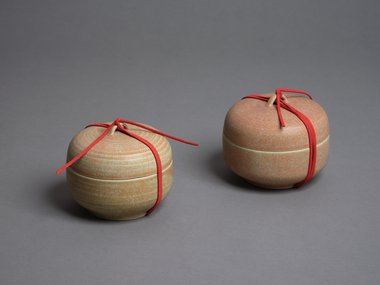

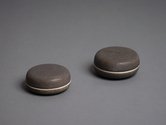


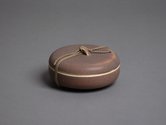

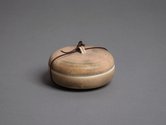
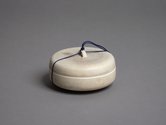
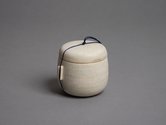

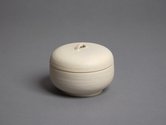

 Advertising in this column
Advertising in this column Two Rooms presents a program of residencies and projects
Two Rooms presents a program of residencies and projects



This Discussion has 0 comments.
Comment
Participate
Register to Participate.
Sign in
Sign in to an existing account.